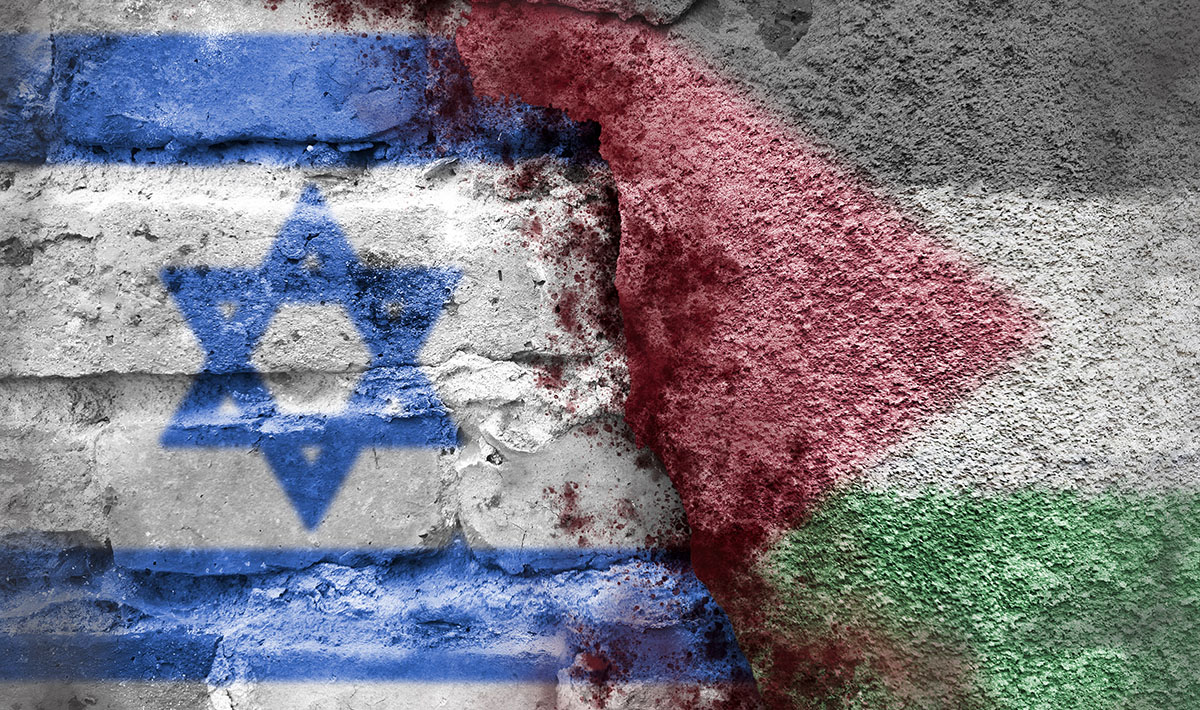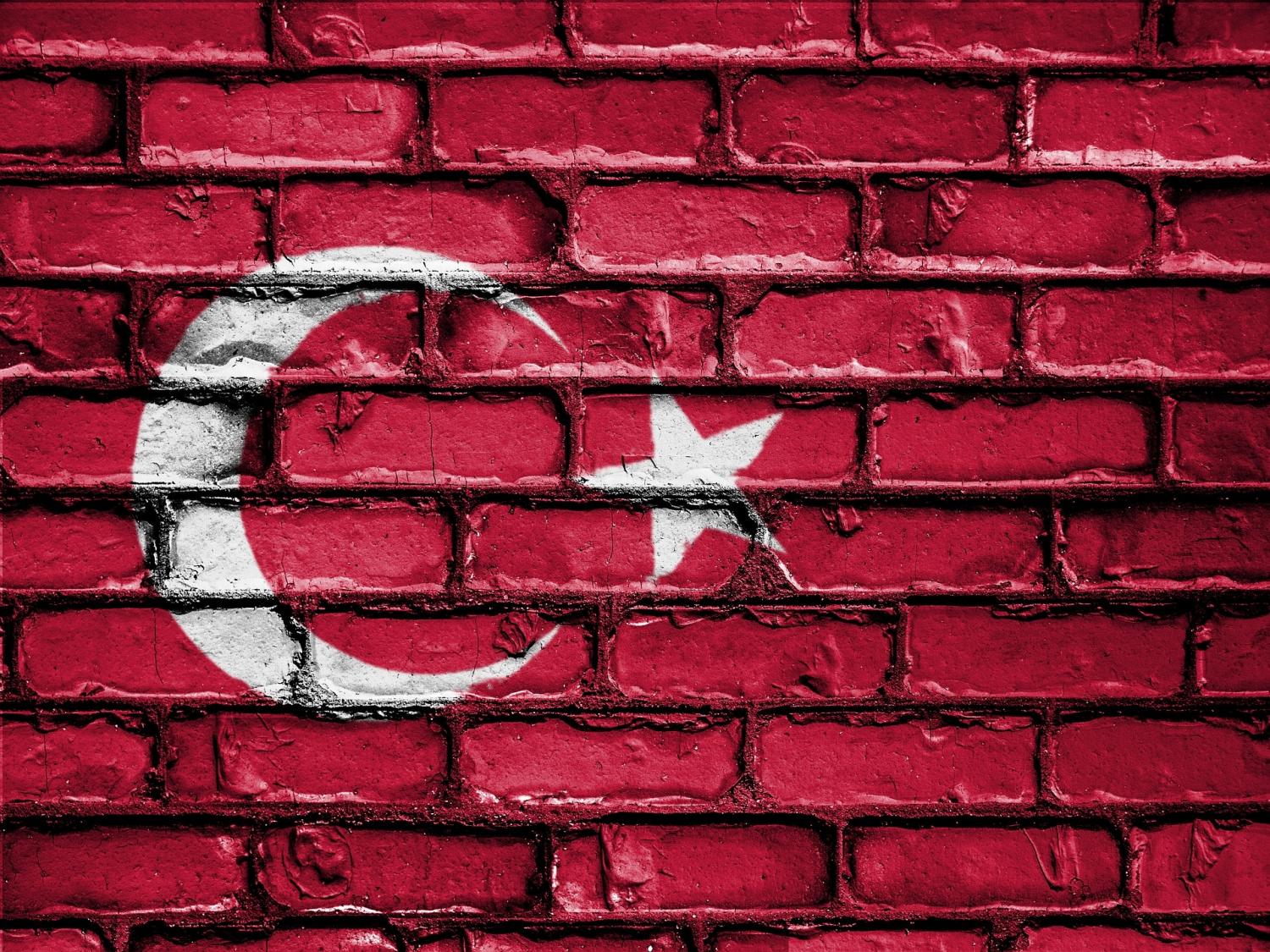
Tell Me How This Ends
By George Petrolekas
The title, quoting Gen David Petraeus, has been a key question in many conflicts. Public discourse today, though, is dominated by the short-term objectives of destroying Hamas, but historically, great leaders look beyond immediate objectives, and what comes next is a key element of strategic planning. World War II gave birth to the UN Charter, The Paris Peace Treaties, the Universal Declaration of Human Rights, The Fourth Geneva Convention and the Genocide Convention. The Bretton Woods Agreement might also be included as a component of post-war planning. These conventions and other agreements were established during a series of wartime conferences, including Argentia, Quebec, Casablanca, Yalta, Washington, Bermuda and Cairo, amongst others. It was at these conferences, which began as early as 1941, that the post-war order was established. Clearly, while fighting for the unconditional surrender of the Axis Powers, the Allies consistently had an eye as to how the war would end, and what would come after.
In a 2014 Globe and Mail op-ed, former Ambassador Ferry de Kerkhove and I predicted that one day, Israel would have to militarily address Hamas in Gaza. The solution to repetitive conflict would have to be the military destruction of Hamas. However, we warned that a plan for Gaza’s future would be necessary and entail a commitment of an international coalition to govern Gaza.
Today, little is said of what comes after, the focus being on immediate military objectives. Instead, the issue of what comes after is distilled into a binary choice of either unconditionally supporting Israel or siding with terrorists. Sympathy for civilians in Gaza is construed as anti-Israel, anti-Semitic. Both views can co-exist; concern about civilians is not siding with terrorists.
Characterizations have impacts. If Gaza is populated by sub-human terrorists, brutal solutions ensue, and the possibilities of a viable post-conflict Gaza are lost. Past war lessons should be cogently applied to Gaza – a state with ten miles of Mediterranean shoreline that could quite possibly emerge as a city-state replete with small industry, fishing, tourism and banking.
After World War I, the Versailles Treaty imposed vengeful conditions and punitive reparations on Germany, which restricted its economic and political growth. The Treaty’s terms directly led to the rise of Nazi Germany as there were few provisions for the re-incorporation of Germany into Europe.
During the Second World War, planning for the post-war world began as early as 1941. Germany and Japan serve as examples of how a murderous national mindset with atrocities on an industrial scale can be re-set with intelligent planning, exclusion of dangerous elements from government, economic prosperity, and welcomed back into the wider world through restoration, rebuilding and re-integration.
The Allies understood that enemy societies were the product of institutions that governed pre-war. Civilians who had been swayed or coerced into support were subject to a rigorous de-Nazification and re-education regime. The success can be seen in how Germany and Japan function today.
Justice also needed to be served and was through the rule of law. The transparency of the Nuremberg trials revealed to Germans the nature of their collective guilt while providing some measure of justice to the aggrieved. Some were hanged, some were imprisoned, and some were let free. The rule of law was applied.
The Allied Military Government enabled the rebuilding of Germany economically and institutionally. The clean-up of war damages, the building of agreeable housing, conversion of industry, the institution of a reliable civil service including an efficient security force, and a reopening to the world through trade and mobility by train, road and air.
However, rebuilding and re-integrating societies takes time, years, in fact. Germany remained occupied for ten years, and the Allied Military Government aims established at Yalta were not totally different from Israel’s war aims, disarm and disband the German Forces; break up the German General Staff; remove or destroy all German military equipment; eliminate or control German industry that could be used for military production; punish war criminals; wipe out the Nazi party and its institutions; remove all Nazi influences from public life; and take any other measures in Germany as might be necessary to ensure future peace and safety. The aims of war are twofold: eliminate the threat but also to create favourable future conditions. So far, all emphasis has been on the former, and none on the latter.
Rather than commit to a multiyear rehabilitation project, some posit that post-Hamas Gaza should rely on the moribund two-state solution; that is a recipe for failure.
The long physical and political separation between Palestinian territories has created two different entities. The lack of a land bridge will remain an irritant of the kind that will keep the region going on the boil again. Let alone that Mahmood Abbas, who has little legitimacy and is perceived as a weak leader, is a poor choice for Gazan governance. Without international support, the Palestinian authority does not have the expertise, funding, or other wherewithal to fundamentally change Gaza. And so, the international community should aspire to create a Micro / City State in Gaza.
In concert with Israel’s international partners, the aim for post-conflict outcomes should include the following:
• A Gaza that is demilitarized with security forces and civil service trained outside Gaza, bridged by an Arab-led security presence until transition to Gazan institutions. Member states would be limited to nations that diplomatically recognize Israel. Gaza’s foreign relations would be governed by this Arab-led force, which might finally and irrevocably break the links to Iran and its proxies.
• The establishment of an international tribunal dispensing justice to former Hamas leaders.
• A de-programming (de-Nazification) effort for the general populace and especially for students.
• A rebuilding effort concentrated on residential housing and schools, creating the conditions for future tourist development, the rehabilitation of Gaza’s maritime port, and above all, the reconstruction of an Gazan International Airport.
• Whilst a greater effort than just dumping Gaza into the hands of the Palestinian Authority and claiming success, a concerted effort as outlined above is the best chance for long-term stability and a better ending than other options.
Note: The Strip, being a territory of approximately 140 square miles, is the equivalent of rebuilding a city the size of Oshawa. It will cost money, but it won’t be exorbitant. Certainly cheaper and morally more acceptable than Gulf State investments in LIV golf, soccer teams, buying treasures and hosting the World Cup.
George Petrolekas, a former Colonel and strategic advisor to senior military commanders, is a Fellow with the Canadian Global Affairs Institute.
Photo: Yuliia Bukovska, iStock








